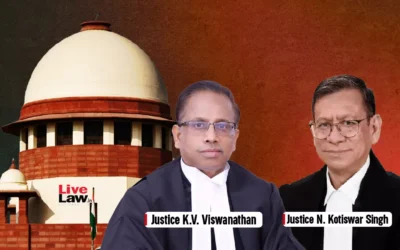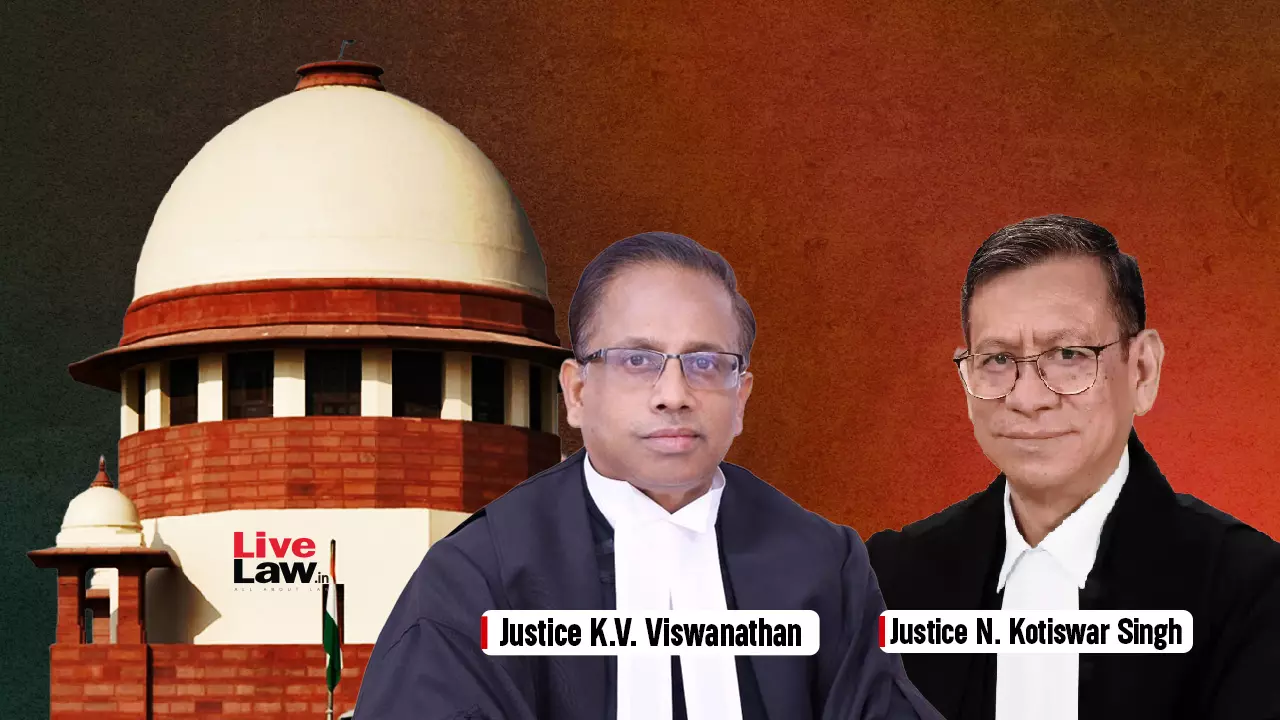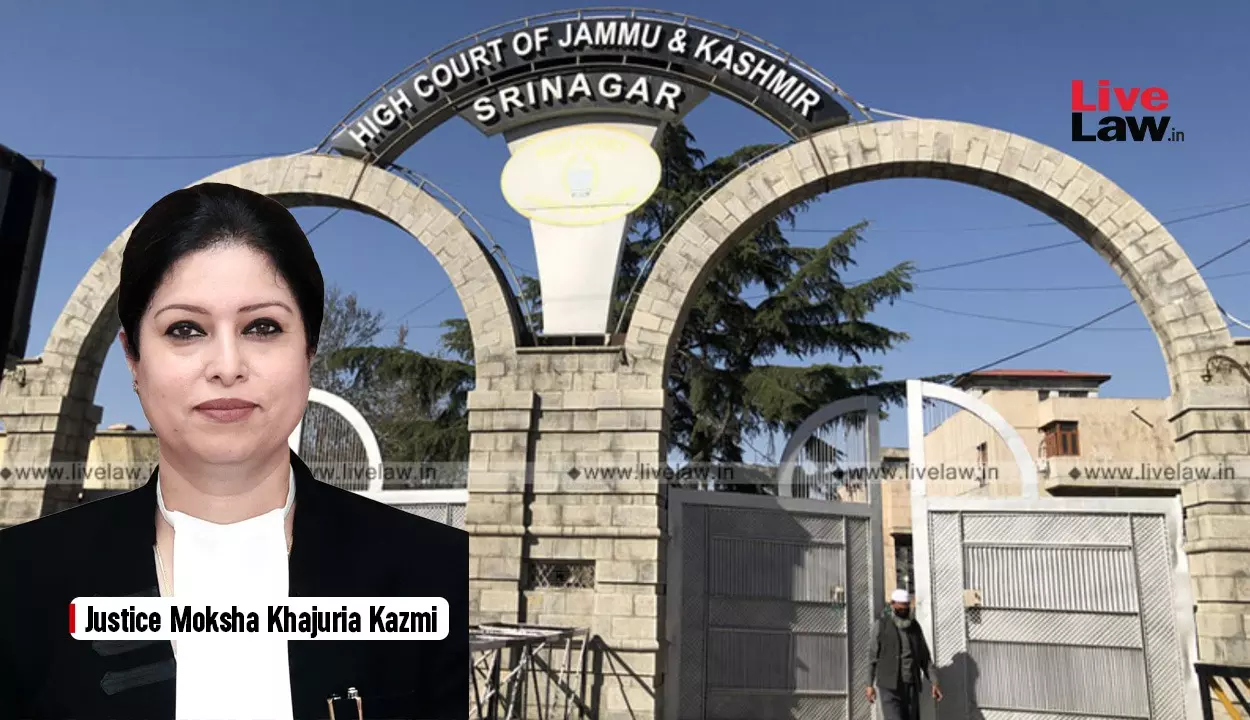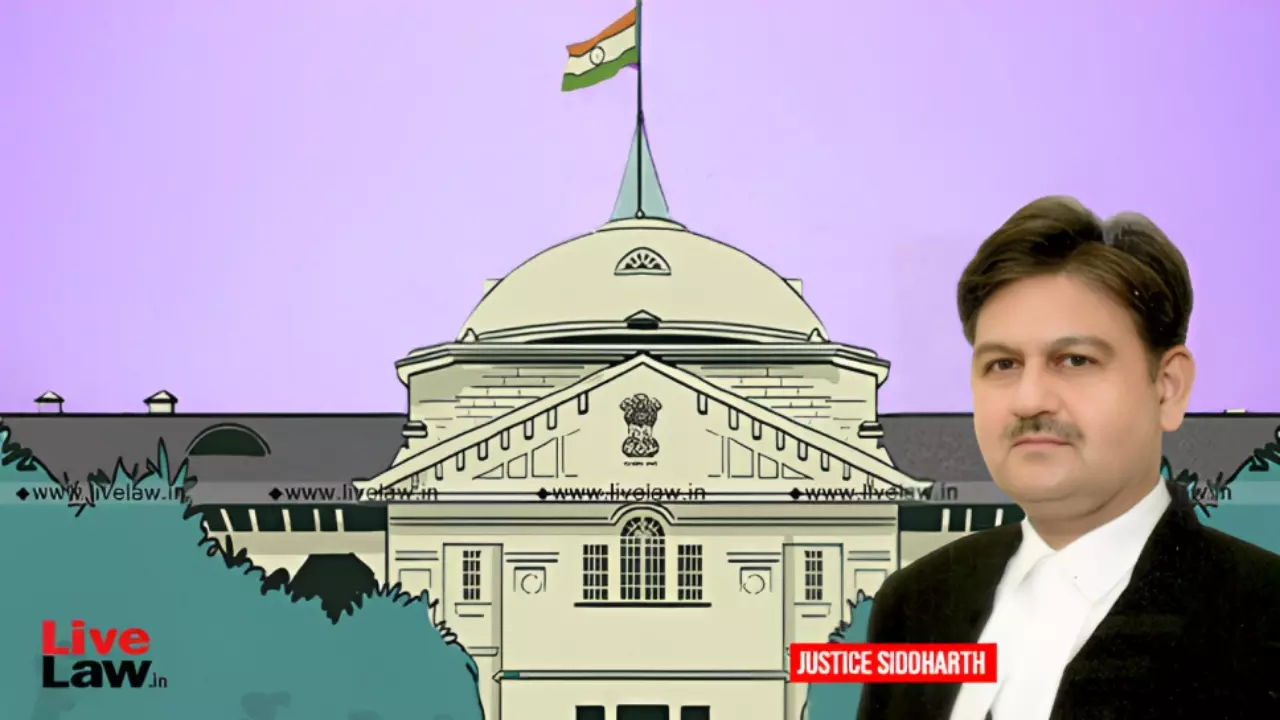Supreme Court issues guidelines 2025 for maintenance and disposal of administrative files
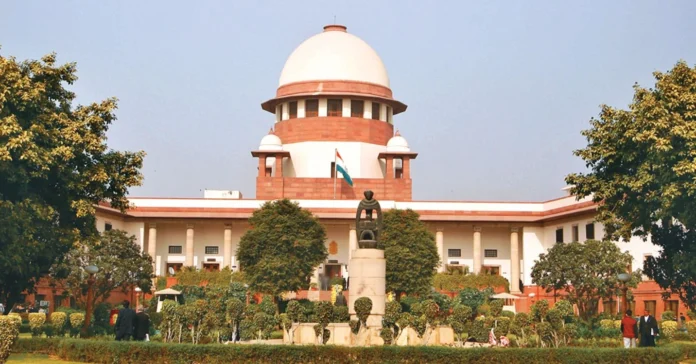
In order to enhance its internal record-keeping, the Supreme Court has formulated a new set of guidelines for the preservation and disposal of non-judicial files.
The guidelines 2025 establish specific timeframes for storage and elimination of different categories of Registry records, including office orders, institutional decisions, staff files, and financial documentation.
The new policy would ensure permanent retention of documents deemed historically or administratively significant.
Judicial records, however, would continue to be governed by Order LVI of the Supreme Court Rules, 2013 and the 2017 Handbook on Office Procedure.
The Apex Court has earmarked a comprehensive list of documents for permanent retention, underscoring their institutional value.
These include notes signed by the Chief Justice of India and other judges; policy files, circulars, and official office orders; service books and pension-related documents; and records pertaining to the construction of the Supreme Court building.
The list further includes documents concerning the appointment and retirement of judges, minutes of full court meetings, official seal of the Supreme Court, details of international visits by judges, CGHS card records for judges and fixed retention timelines.
The manual would specifically target retention periods for various types of routine and semi-permanent administrative documents, such as RTI applications (no appeal) for three years, RTI with significant second appeals for five years, Parliamentary Questions for three years, attendance and diary registers for one year, and judges’ mobile and landline bills for three years.
The guidelines would further include LTC, TA/DA claims for 3–5 years after audit; judges’ salary, tax and house rent files for five years post audit; and official gift registers for five years post audit.
Certain judge-specific documents would also be retained permanently, including chambers allotment records, security arrangements at official residences, documentation of Constitution Day events, legal forums, and records of CJI and Chief Justices’ conferences.
Other categories, such as furniture, electronics, leave and GPF files, medical reimbursements, and IT returns, would be retained for five years after a judge’s retirement.
For departments handling material and infrastructure, the manual include construction and renovation files (permanent); lawyers’ chamber allotments (permanent); routine panel documentation for five years: auditorium and cafeteria contracts for 3–5 years; vendor permissions and invoices for one year post audit; tender, procurement and contract files for five years post expiry (subject to audit clearance); circulars and policy submissions (permanent); and streamlining transparency and governance.
The reform was part of a larger initiative to ensure openness, uniformity and streamlined administration within the Apex Court. By introducing a structured classification and retention timeline, the top court of the country planned to improve archival efficiency, speed up record access, and reinforce institutional accountability.

